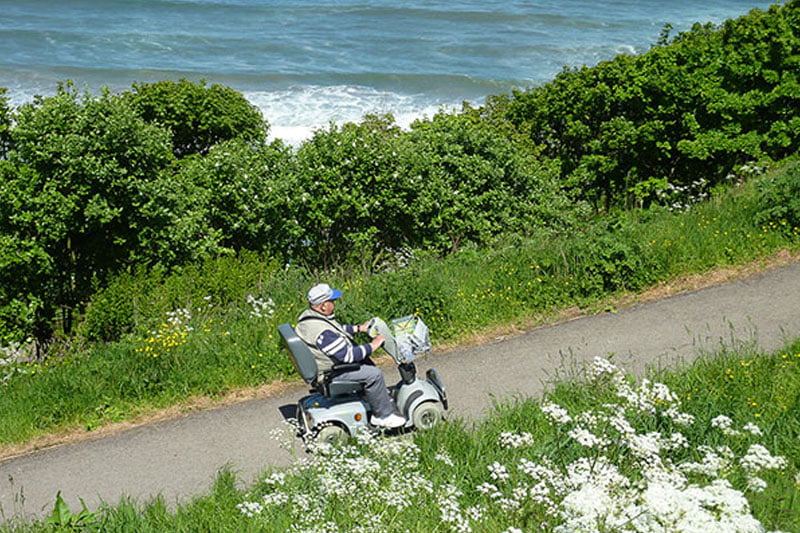The common perception often associates mobility scooters with the elderly or those with significant physical impairments. However, this narrative is increasingly out of touch with the current landscape. In the UK, young people are also turning to mobility scooters for various reasons, from temporary injuries to long-term conditions. This article dives into the data, reasons, and implications behind this trend.
What is the Average Age of Mobility Scooter Users?
According to a study by the Department for Transport, the typical age of a mobility scooter user in the UK has been largely above 60 years old. However, recent data indicates a trend toward younger users.
| Year | Average Age |
| 2015 | 65 |
| 2018 | 63 |
| 2021 | 59 |
Factors Influencing the Age Shift
Several factors contribute to the age shift in mobility scooter users:
- Temporary Injuries: Young people who sustain temporary injuries, such as fractures or surgeries, may use mobility scooters for a brief period.
- Chronic Conditions: Conditions like arthritis or MS can affect people at a younger age and make mobility scooters a practical choice.
- Convenience: In some cases, mobility scooters are used for convenience in large spaces like shopping malls or festivals.
Why Are Young People Using Mobility Scooters?
Medical Reasons
One of the most significant factors is the increase in the incidence of chronic illnesses among younger people. For example, conditions such as juvenile arthritis, muscular dystrophy, or even severe asthma can severely limit a young person’s mobility.
“Medical requirements don’t discriminate based on age; when mobility is impaired, a scooter can offer newfound freedom regardless of how many birthdays you’ve had.”
Lifestyle Choices
It’s not just about medical necessity; some young people use mobility scooters for reasons related to lifestyle and convenience. For example, a scooter can come in handy during festivals or events spread over large areas.
Regulations and Policies
In the UK, mobility scooters are categorised into two main types: Class 2 and Class 3. Class 2 scooters are generally designed for pavement use and have a maximum speed of 4 mph. Class 3 scooters are road-legal and can go up to 8 mph. Both classes have their sets of rules and regulations.
Legal Requirements for Young Users
According to UK law, there are no age restrictions for Class 2 scooters. However, Class 3 scooters require the user to be at least 14 years old. Additionally, all users must adhere to the Highway Code.
Implications for Society and Policy
Accessibility
As more young people use mobility scooters, there will be a growing need for accessible infrastructure. This includes ramps, wider doors, and accessible public transport.
Public Perception
The more diverse the user base becomes, the less stigma is associated with using a mobility scooter. This can lead to a more inclusive society where mobility aids are normalized.
Policy Considerations
Policy makers need to consider the evolving demographic when planning infrastructure or making legislation related to mobility scooters.
“It’s not just about building a society for an ageing population; it’s about creating an environment that caters to mobility needs across all age groups.”
Conclusion
The landscape of mobility scooter users in the UK is shifting. Although the average age remains above 50, an increasing number of young people are adopting this mode of transport for a variety of reasons, from medical necessity to lifestyle choices. As this trend grows, it’s vital for society and policy makers to adapt and consider the diverse needs of this expanding demographic.

